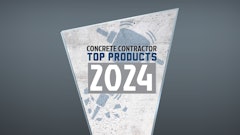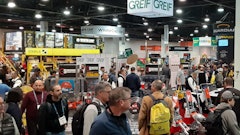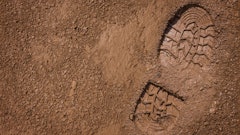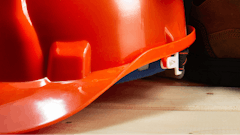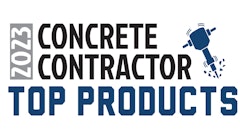
If you’ve met me recently in person or through this little camera on my laptop, you’ve probably heard me say something along the lines on how exciting it is to be within the concrete industry right now. Despite the economic stresses; despite material shortages and costs; despite finding and retaining skilled labor – the industry is sitting at the apex of change. Both technologically and fundamentally.
Admittedly, that sounds a bit overly dramatic.
The standard way of thinking is that the construction industry, let alone the concrete industry, is slow to adopt new technology. And rightfully so. Solutions need to work and data needs to be available to back that up. But solutions like BIM, 3D mapping, and laser scanning, have been in practice long enough that these technologies are now getting to the point that it’s more and more common to need to have them part of the plan instead of a luxury. Contractors are finding a practical use for UAVs (or drones). More robotics are taking the painstaking tasks to allow people to be more productive elsewhere. And innovators are now starting to further develop artificial intelligence to be used as a tool for material producers and plant operators to optimize the mix.
Speaking on material producers and the mix, another change is the exponential progression of Type 1L cement. There are plenty of justifiable concerns and questions. Where one project in one area can experience no issues while another only hours away can present a handful of issues. The recent American Society of Concrete Contractors (ASCC) Fall Conference held a Type 1L seminar on just this topic.
With the goal of bringing the cement and concrete industry to carbon-neutral by 2050, the move towards a Type 1L cement is just the beginning. As Nathan Forrest, P.E. ENV SP, the technical director at CNCA, said in his presentation “PLCs are the tip of the iceberg.” For now, the major recommendations from the ASCC include working mockups, consider the weather, know your specs, and bid accordingly.
Whether you’re putting down a new foundation, tilting-up one more concrete panel, or staining that decorative flatwork, please - take a step back (when and where it’s safe to do so) and realize that you are a part of one of the biggest changes in concrete’s history.
Take that breath. Appreciate it.
Ok, that’s enough from me. Let’s get back to work.

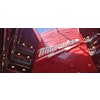

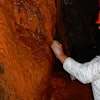
![Adobe Stock 350182902 1 6759c43d679ca[1]](https://img.forconstructionpros.com/files/base/acbm/fcp/image/2025/02/AdobeStock_350182902__1_.6759c43d679ca_1_.67b78c75671e9.png?auto=format%2Ccompress&fit=crop&h=100&q=70&w=100)


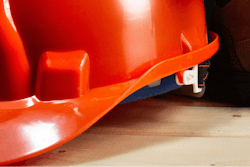

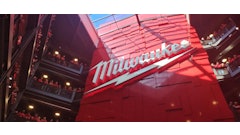

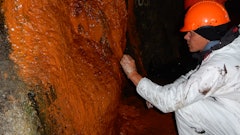
![Adobe Stock 350182902 1 6759c43d679ca[1]](https://img.forconstructionpros.com/files/base/acbm/fcp/image/2025/02/AdobeStock_350182902__1_.6759c43d679ca_1_.67b78c75671e9.png?ar=16%3A9&auto=format%2Ccompress&fit=crop&h=135&q=70&w=240)

